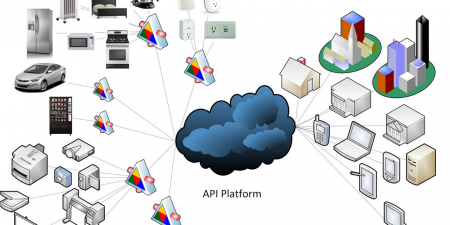Considering an API strategy before you begin developing your application plays a crucial role in the life-cycle of development. One of the key aspects to steer you through a successful API strategy and user-interface architecture is to settle on whether to rely on Public or Private APIs. However, one can only make a certain and informed decision by being acquainted with the distinction between open/public or private APIs.
Public APIs
An open or a public API is designed specifically to be accessible to a wider range of users or web and mobile application developers. This implies that an open API is ready for use not only for the developers of the organization who have initially developed it but also for all those developers outside the organization who wish to access the API by registering themselves for it. The biggest advantage of an open API is that it promotes innovative and inventive ideas among freelance developers and even organizations as resources can be successfully employed in establishing the core business simultaneously decreasing the development costs.
That is why it is safe to say that the success of an open API depends upon its usability outside of the stake holding organization and apart from the internal developers. As in most cases it shall be able to attract external developers and aid them in creating new efficient applications and bringing ideas into reality.
Private APIs
Private APIs on the contrary serve as an interface that has particular sections or parts of an organization’s back-end data for an application for use by internal developers of the organization. The applications developed using these interfaces may be distributed publicly however, the interface as such is not made accessible to anyone not working for the API publisher directly. Private APIs however, serve as an asset as they save a lot of the development time by allowing developers to utilize the resources integrated through internal IT systems and draw data from a common pool of software assets.
Hence, we can imply that private APIs prove useful to avoid any bottle-neck situations as the assets and data is open for the internal developers to build new applications leveraging the existing ones. An established API lets the mobile and web programmers to work on their cycles and develop the products assigned to them. To ensure the benefits of having a private API the organization must also handle the ongoing management of the API program in terms of security and performance of the back-end systems which may sound easy but managing such exposed software brings along many unknown challenges.








